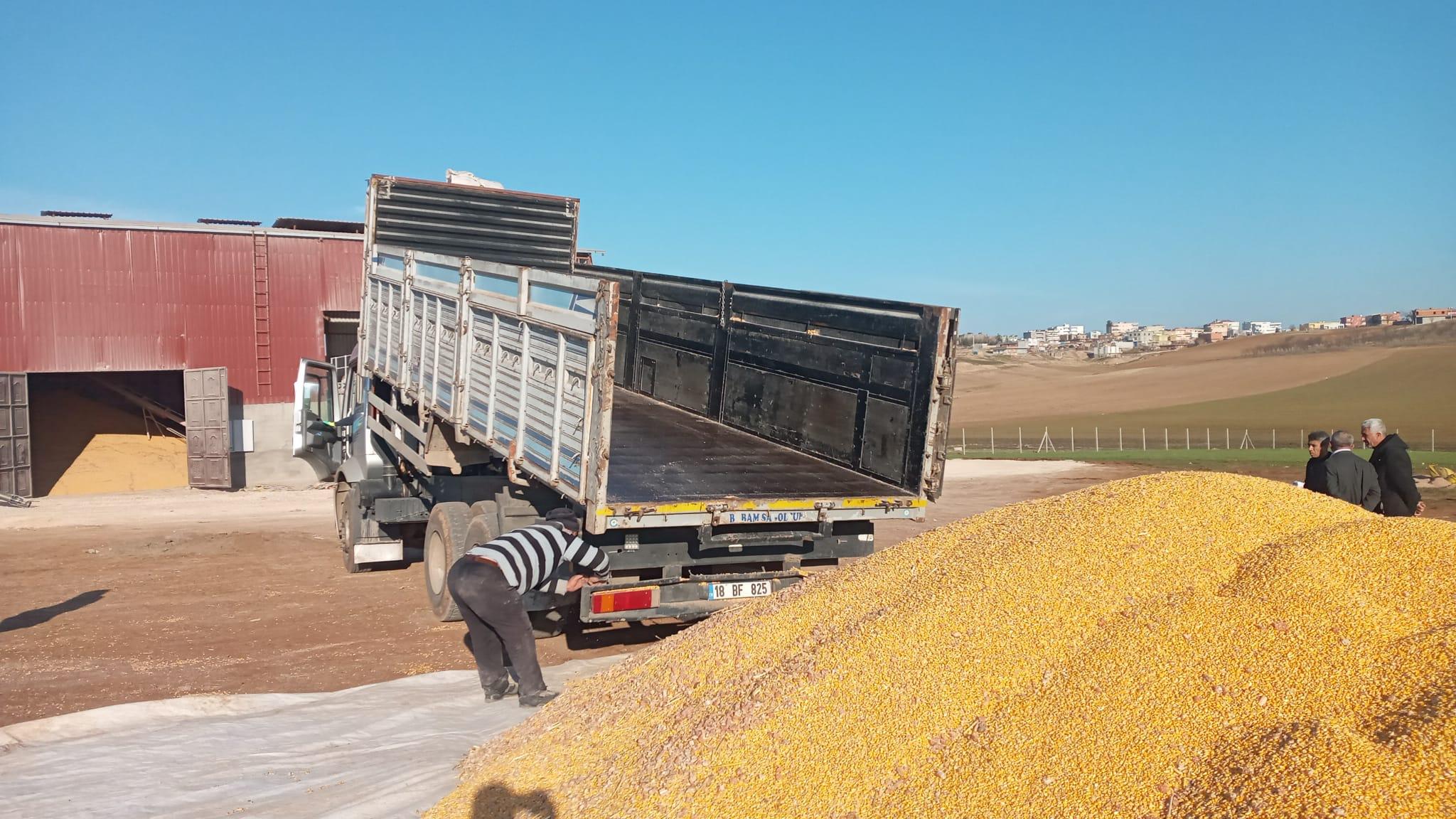Things to Consider Before Buying a Grain Dryer (Indian Context)
1. Drying Capacity (Tonnes per Hour or Day)
-
Always check how many tonnes of grain the dryer can handle per hour or per day.
-
Small farms may need 2–10 tonnes/hour
-
Large farms or agri-businesses may need 30+ tonnes/hour
-
Choose the capacity as per your harvest volume and peak-season needs.
2. Fuel Type and Availability
-
In India, fuel accessibility and cost can vary by region. Common options:
-
Diesel – widely available in rural areas
-
Biomass (husks, firewood) – cheap and eco-friendly
-
Electricity – suitable if you have a stable supply
-
LPG or natural gas – cleaner, but less common in remote villages
-
-
Pick a dryer that supports the most affordable and accessible fuel in your location.
3. Moisture Control and Automation
-
Look for models with:
-
Digital or sensor-based moisture control
-
Auto shutoff after reaching desired moisture level
-
Manual override options
-
-
This ensures safe and consistent drying, reducing risk of spoilage during storage.
4. Uniform Drying
-
Proper airflow and temperature distribution help ensure even drying of grains.
-
Uneven drying may lead to fungus, mould, and quality degradation.
5. Power and Fuel Efficiency
-
Power cuts are common in rural areas, so consider:
-
Low power-consuming models
-
Hybrid systems (diesel + electric, or solar + biomass)
-
-
Better efficiency = lower long-term operational cost.
6. Drying Time
-
Ensure the machine does not dry too fast, which can crack grains, especially in crops like maize or paddy.
-
Ideal dryers allow temperature and speed control based on crop type.
7. Ease of Use and Maintenance
-
Machines should be:
-
Easy to operate, even by semi-skilled workers
-
Simple to clean and maintain
-
Equipped with local language manuals (Hindi, Tamil, Telugu, etc.) if possible
-
-
Availability of after-sales service and spare parts in your region is critical.
8. Mobility (Portable vs. Stationary)
-
Mobile dryers are best for village-level use or shared models.
-
Fixed dryers are good for large farms, processing centres, or mandis.
-
Choose depending on whether you need it for individual use or collective/group farming




